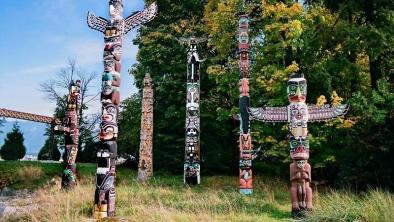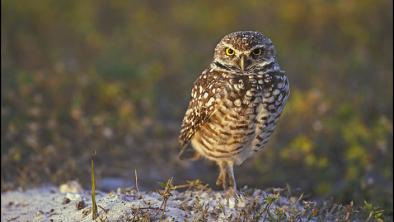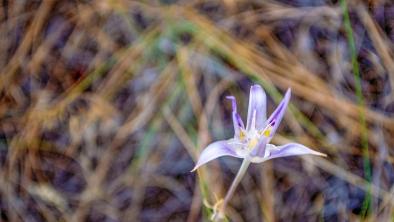Parks Canada shares results from proposed South Okanagan-Similkameen national park consultation
Global News

A report commissioned by Parks Canada to compile feedback on the South Okanagan-Similkameen national park reserve concluded the proposal remains divisive and further consultation is warranted.
Parks Canada held a consultation period from Dec. 10, 2018, to March 15, 2019.
Federal parks officials met with 627 people through 39 stakeholder meetings. An additional 2,848 surveys were completed, mostly online.
Participants included ranchers, local town councils, members of regional and provincial administrative bodies, industry and business associations, environmental non-governmental organizations (ENGOs), heritage societies, tourism associations and members of specialty activity clubs.
Third-party consultant NRG Research Group says the bulk of respondents (92 per cent) live in B.C. and half (49 per cent) reside in the Regional District of Okanagan-Similkameen.
The consultation survey results determined that the South Okanagan-Similkameen area is primarily used for sightseeing and hiking. It determined that local residents are more likely to engage in fishing/hunting/trapping activities and off-road vehicle use.
Half of the respondents (49 per cent) identified conservation and land protection as the main benefits of the establishment of a national park reserve.
The primary concerns relate to potential restrictions on activities such as hunting and fishing and off-road vehicle use as well as increased park fees.
The report said people still have many questions about governance, private lands and tenures, visitor activities and conservation.
“Many questions from both those opposed and in favour of the national park reserve pertained to how co-operative management within a national park reserve would work,” the report says.
“In general, people want to know what will change, and how the national park reserve will affect existing activities within and adjacent to the boundaries.”
Some stakeholder groups requested that a referendum be held on the national park, but the report says “referendums are not are part of the national park reserve establishment process.”
For several environmental groups, the boundaries are too restrictive and should include adjacent conservation lands as a means of enhancing wildlife corridors, such as the Vaseux Lake and White Lake areas.
“Access to, and use of water is a significant concern among ranchers, agriculture growers, Indigenous peoples (ranchers) and other local residents,” the report states.
“Specific issues include the proposed national park reserve’s impact on existing water licenses and whether water infrastructure will be continued.”
There are also differing views on ranching and grazing in a national park reserve.
“Some environmental non-governmental organizations (ENGOs) see grazing as an inhibitor to sustainability, while the ranching industry states that grazing enhances the biodiversity of an ecosystem,” the report says.
“Concerns were voiced around maintaining the ranching way of life and potential impacts to economic contributions from ranching in the region.”
Wineries and other private property owners raised concerns about the potential for increased local taxation associated with increased property values.
“They asked if there will be compensation for socio-economic impacts, such as loss of business or higher taxes,” it says.
The consultant concludes that “establishing the proposed national park reserve will require ongoing efforts to reconcile differing views on the initiative.”
It recommends Parks Canada distribute regular communications materials to the public, hold meetings with municipal and regional district planners, educate the community about First Nations rights and title, and clarify which activities are permitted or not permitted in the park.
Parks Canada is hosting upcoming public information sessions and officials are holding a news conference with members of the media on Tuesday morning.


